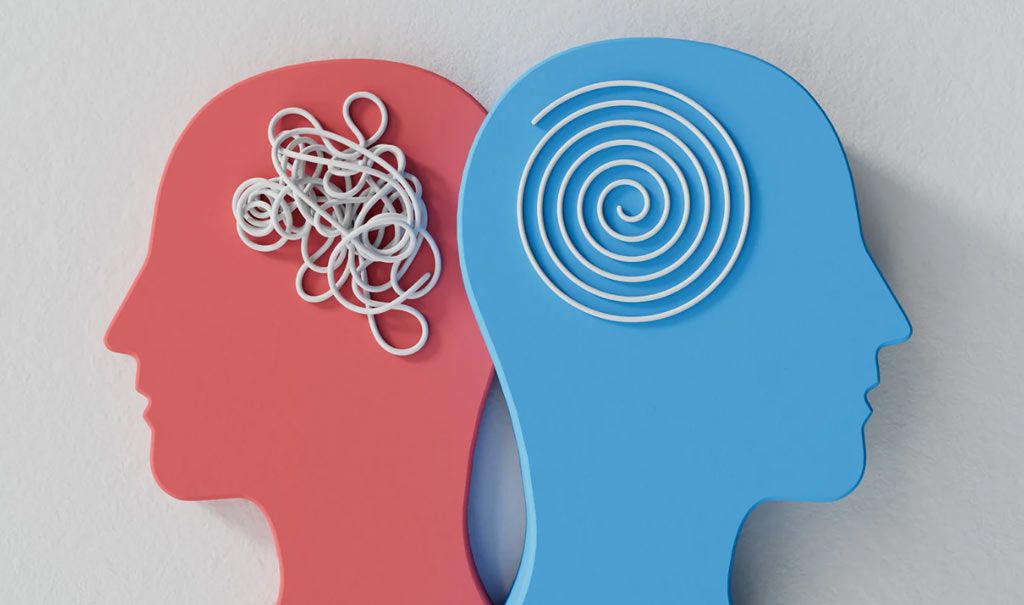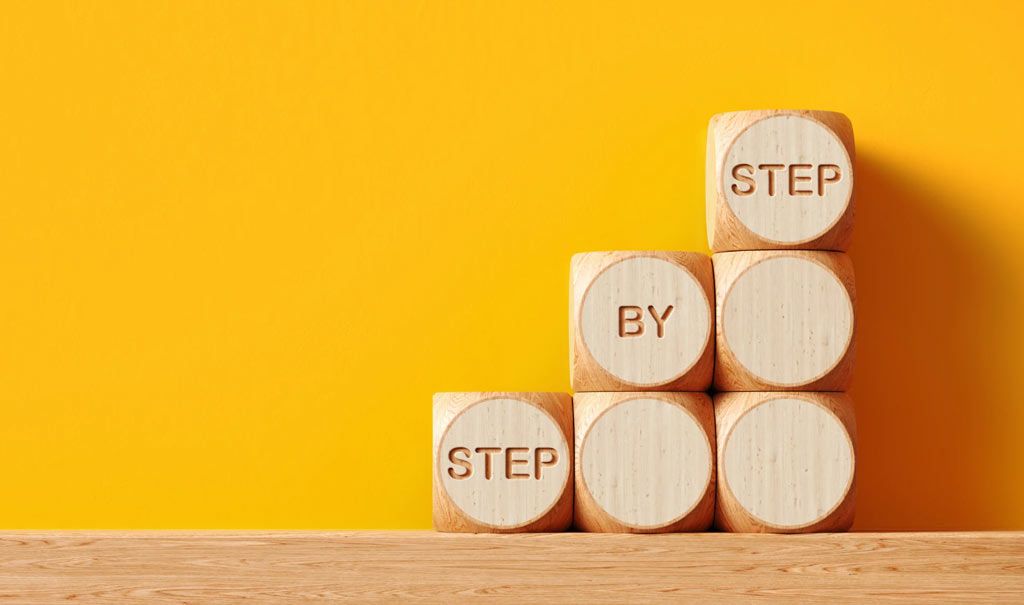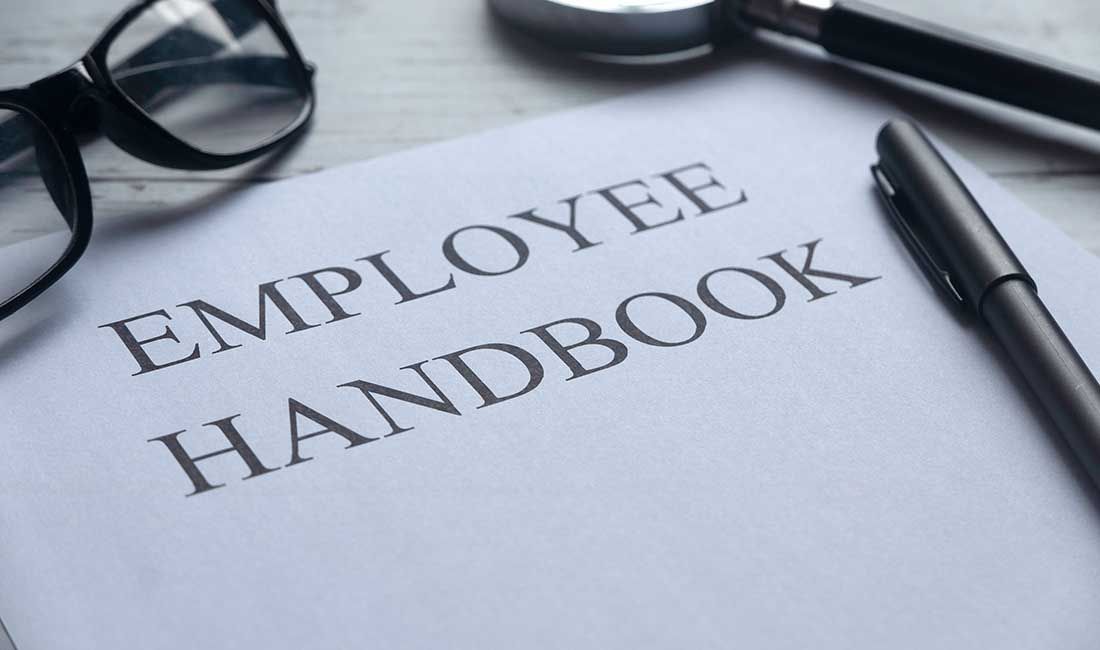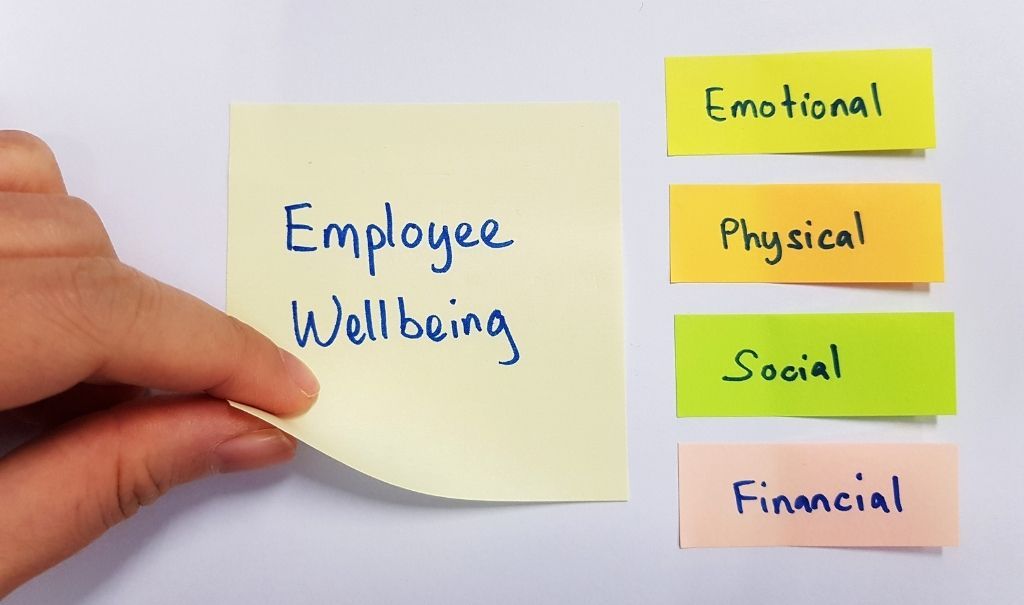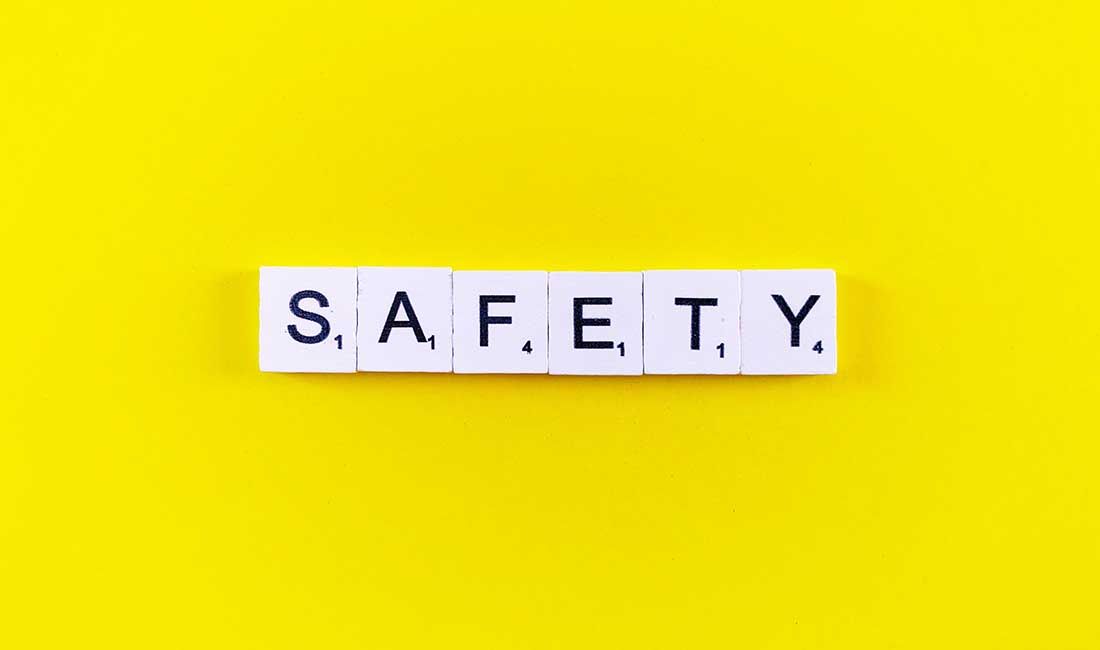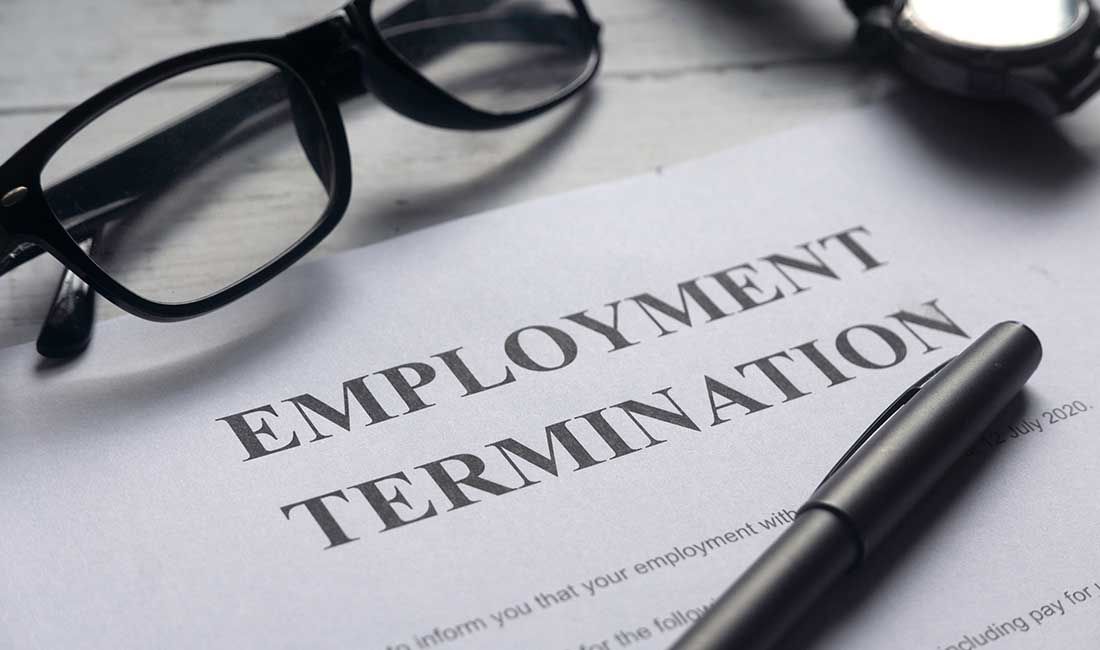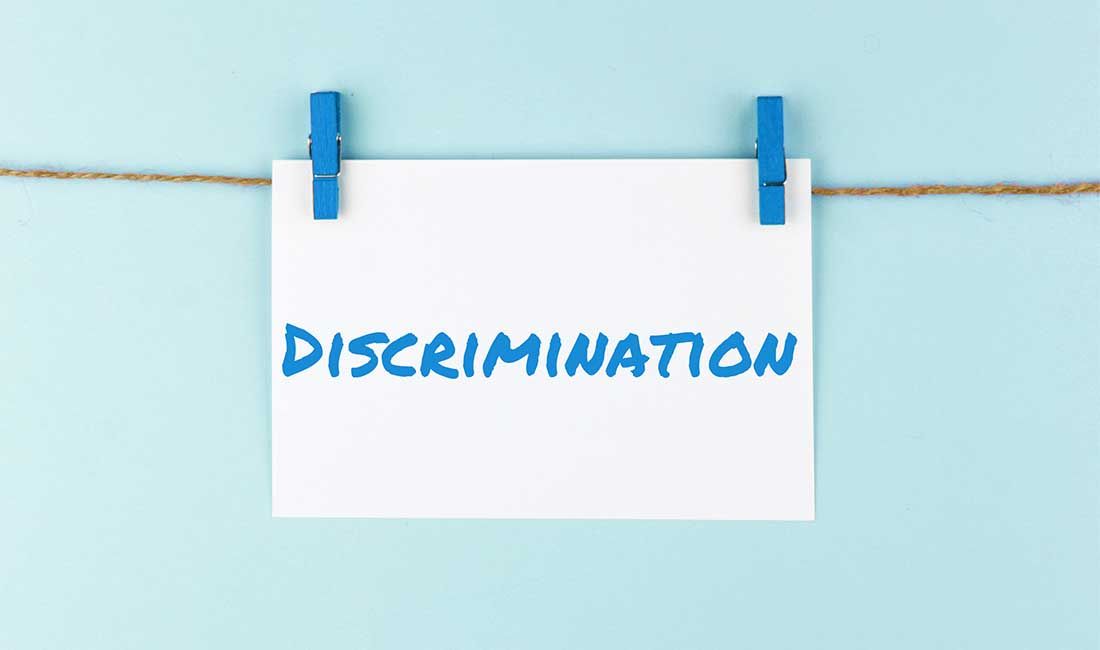Five Bad Credit Myths Cut Down to Size
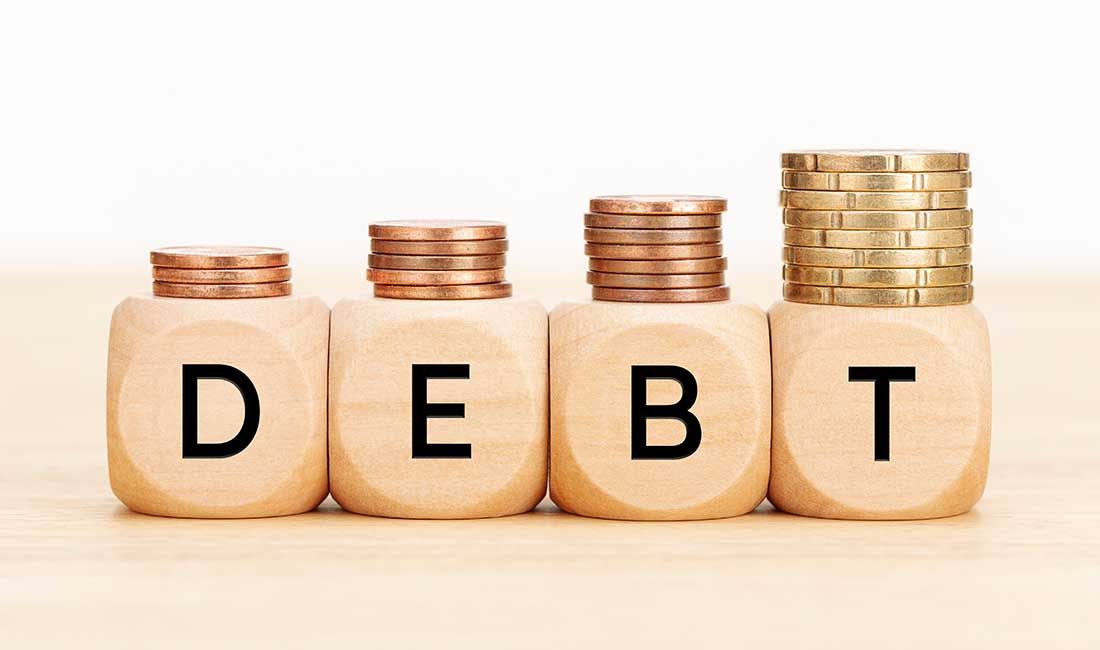
| W.E.U Admin | Personal Development & Support
TAGS: Credit, Debt, Workplace rights
Myth 1 – Lenders Won’t Lend to Me with Poor Credit
Not necessarily true. They’re likely to just charge you higher interest. There are many cards on the market designed for people with what could be called ‘bad credit’. Since they target a more risky demographic, these cards generally charge higher interest rates and offer shorter 0% deals.
That said, cards for bad credit can help you rebuild your credit score by proving responsible borrowing. By using them and always paying back your monthly balance on time, you’ll improve your score over time.
Finding the right card and using it responsibly can help you get back on your feet, credit-wise. That way you’ll gain access to better offers in the future and, through renewed focus on responsible borrowing, stay debt-free. For more tips on rebuilding, read our guide on bad credit myths.
Myth 2 – Serious Defaults Stay on My File Forever
No, they don’t. In time, they’ll be forgotten. Being made bankrupt isn’t the end of borrowing—some credit cards will accept you even with a CCJ as recent as four years ago.
Three to four years after a bankruptcy or a CCJ, its effect on your credit profile will have diminished enough that you can probably get credit again. After six years, any past mistakes are wiped entirely from your credit file.
Don’t give up if you’ve recently fallen foul of credit. While you wait for six years to pass, stay active by borrowing and paying back on time through every available avenue. That way, when your credit file is free of major mistakes, you’ll have a stronger profile to go forward and borrow responsibly.
Myth 3 – I’m in Debt, So I Won’t Get a Credit Card
Credit cards can actually help you get out of debt. Cards with a balance transfer facility let you move existing debts from interest-charging cards to one that charges 0% over a set period. A small fee—around 3% of the existing balance—is charged for transferring your debt, but this can be more than offset by the interest savings.
Many providers are willing to lend to people who have made poor borrowing choices in the past. To find these providers, run a soft search eligibility check to see which cards you’re likely to be accepted for. If you have debt, seek a card that offers a balance transfer feature.
Myth 4 – I’ve Been Rejected, It’ll Just Happen Again
Every lender has different criteria, so one rejection doesn’t mean you’ll be turned down by everyone. However, multiple applications can signal desperation to lenders, who may view you as a risk.
If you’ve been rejected for one card, research other providers—each uses unique acceptance criteria. A soft search can help you identify cards you’re likely to be approved for without harming your credit file.
Myth 5 – With Bad Credit, My Card Limit Will Be Low
This is not always the case, but your limit should be manageable. When lending to people with poor credit histories, providers compensate for added risk by charging higher APRs. That way, if payments are missed, they earn more from the interest once you do repay.
Credit limits are generally lower, so you won’t receive the sky-high limits given to cardholders with strong credit ratings. Yet, by paying back on time, having a bad credit card is very similar to holding a standard credit card.
Even with a poor credit history, you can find the right card to rebuild your score. For more insights on choosing the best options, see our complete guide.
workersofengland.co.uk | Independent Workers Trade Union




